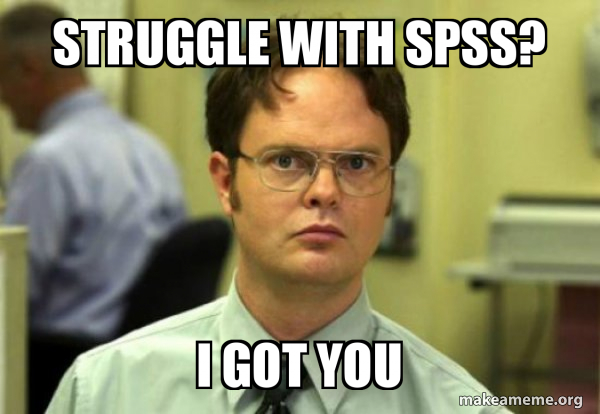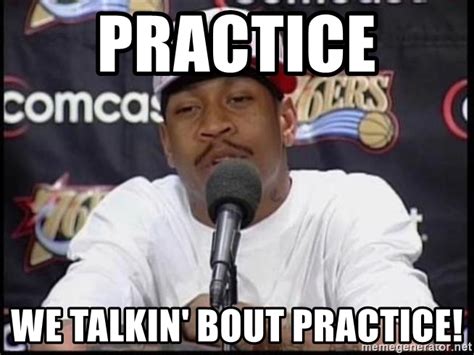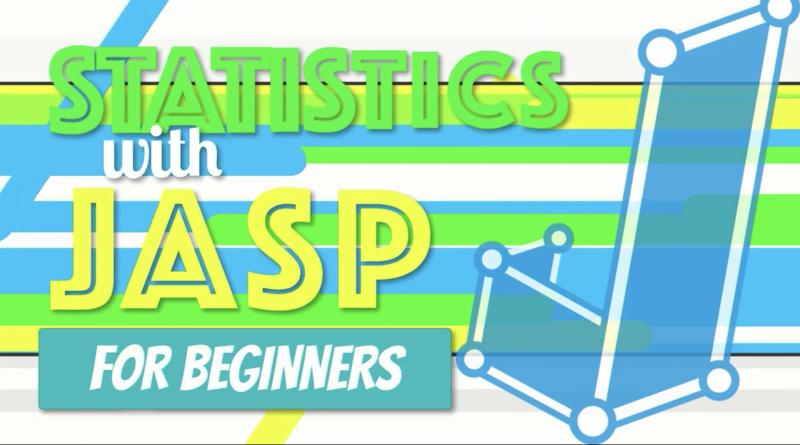Examples of Sampling Bias and Demand Characteristics through a Daily Show Clip
A clip (5:30) from the The Daily Show with Jon Stewart that demonstrates how sampling bias and demand characteristics can lead to misleading conclusions. “Poll Bearers: Cable news polls might not reflect public opinion so much as the ability of viewers to repeat the ideas they just heard.” View the episode here.
Examples of Sampling Bias and Demand Characteristics through a Daily Show Clip Read More »







